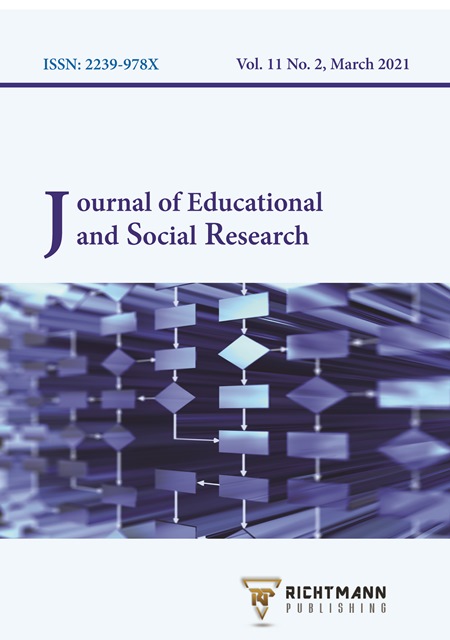Current State, Achievements, Challenges, Opportunities and Solutions of Vietnam’s Higher Education in Global Integration
DOI:
https://doi.org/10.36941/jesr-2021-0027Keywords:
higher education, the reality of education, education achievements, challenge and integrationAbstract
Over the last decades, Vietnam’s higher education system has made remarkable achievements, and considerable contributions to the task of raising intellectual standards and human resources for the construction, protection, and development of the country. Besides the great achievements mentioned above, education in our country has still contained many weaknesses, shortcomings, and concerning issues. In particular, the quality of mass education, especially tertiary education is still in the lower ranking, the teaching methods are outdated as well as uncreative, conditions for higher education development are still inadequate; moreover, it is difficult for poor families, low-income families, and ethnic minorities to access higher education, besides, some negative phenomena in higher education are slowly solved. In order to resolve these problems, the purpose of this paper is to summarize the achievements and difficulties and to provide directions for building an education based on a solid theoretical foundation, focusing on researching the educational philosophy corresponding to requirements of the era and integration.
Received: 26 December 2020 / Accepted: 27 January 2021 / Published: 5 March 2021
Downloads
Downloads
Published
Issue
Section
License

This work is licensed under a Creative Commons Attribution-NonCommercial 4.0 International License.
This work is licensed under a Creative Commons Attribution-NonCommercial 4.0 International License.









